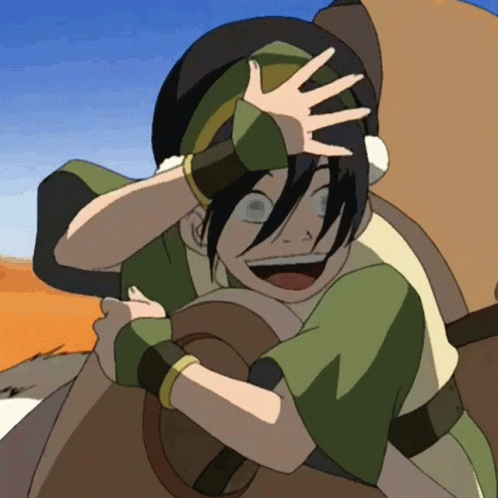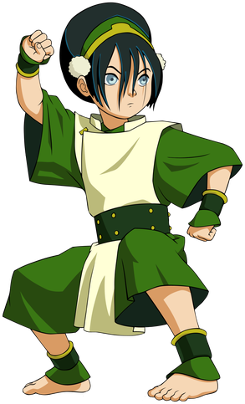But if a technique that you haveFor me if I know without doubt that a technique doesn't work for escaping, grappling, striking, or defending, within my ablility then I won't trust the technique for use in fighting.
- tested over and over on your partner, you should know it will work.
- not tested over and over on your opponent, of course you won't trust it will work.


